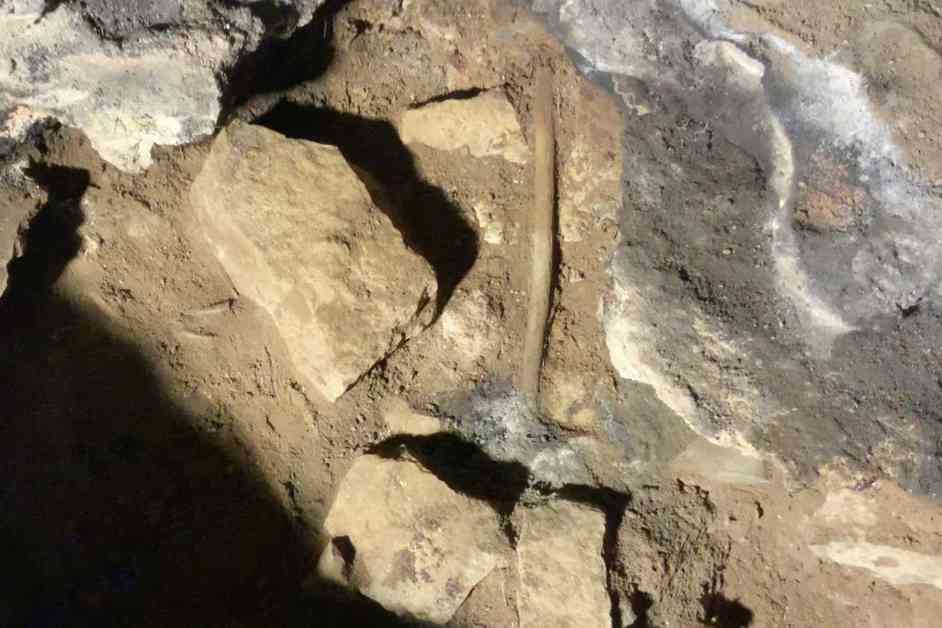An ancient ritual stick was discovered in Cloggs cave, Australia by the Gunaikurnai Land and Waters Aboriginal Corporation. The wooden artefacts found in the cave suggest that an Indigenous ceremony, documented in the 19th century, may have been practiced 12,000 years ago. This discovery potentially makes it the oldest known cultural ritual in the world.
The excavation at Cloggs cave was conducted between 2019 and 2020 by a team of archaeologists and members of the local Indigenous community, GunaiKurnai, from south-eastern Australia. The site had been partially excavated in the 1970s, but during the recent work, the team uncovered two preserved fireplaces containing mostly unburnt artefacts made of wood from local Casuarina trees. Chemical analysis revealed that these artefacts were smeared with animal or human fat and dated back between 11,000 and 12,000 years, making them among the oldest wooden artefacts found in Australia.
What made this discovery even more significant was the examination of an ethnographic report by 19th-century anthropologist Alfred Howitt, who documented the customs and traditions of tribes in south-eastern Australia in the 1880s. In his report, Howitt described a ceremony practiced by Indigenous “wizards”, known as “mulla-mullung”, that involved smearing animal or human fat on throwing sticks made of Casuarina wood and placing them in ceremonial fires as a charm or curse. This ritual was believed to be used against enemies or individuals whom the practitioners wished to harm.
Bruno David at Monash University and Russell Mullett, a GunaiKurnai elder, found striking similarities between the archaeological discoveries and Howitt’s ethnographic account. Mullett emphasized the importance of this connection, highlighting the longevity of oral traditions and knowledge passed down through generations within the community.
The meticulous methods employed by the research team were praised by Paul Taçon at Griffith University in Brisbane. Taçon noted that despite changes within these communities over time, the ritual practice remained consistent, indicating its enduring significance and effectiveness.
The discovery of the ancient ritual stick and the corresponding ethnographic account shed light on the cultural practices and traditions of Indigenous communities in Australia. It highlights the importance of preserving and understanding these rituals that have been passed down through generations for thousands of years. The archaeological findings provide valuable insights into the rich history and cultural heritage of the GunaiKurnai people and their enduring connection to the land.






